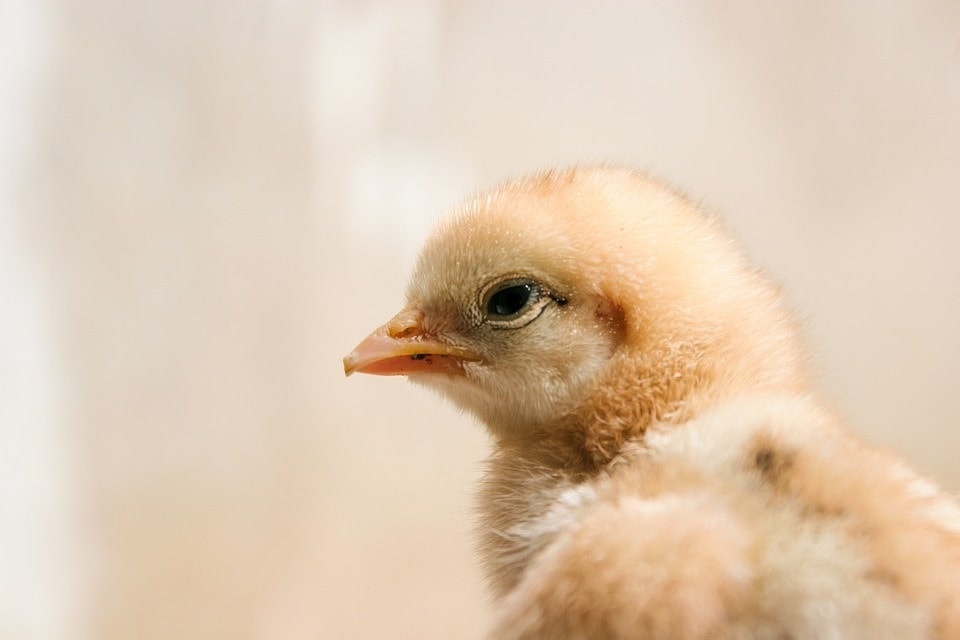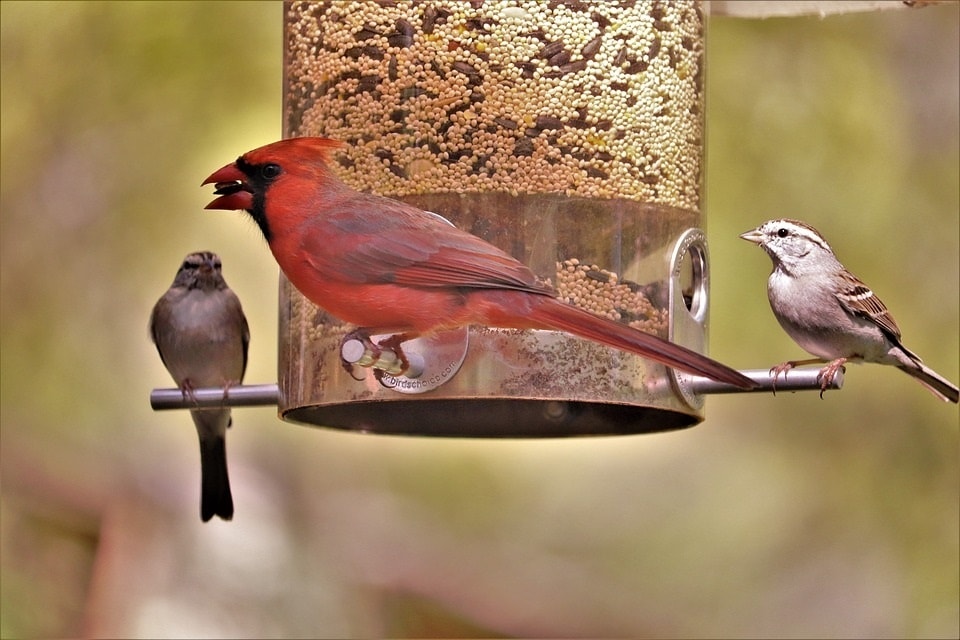With all of the modern technology kids have now, they can forget about what’s going on outside far too easily. However, a great way to lure them into nature is giving them fun activities to do in the garden. There are many simple tasks they would enjoy that wouldn’t feel like boring chores. (If you don’t have a garden yet, start out with a good reference like The Organic Gardener’s Handbook by Frank Tozer.)
Grow a Miniature Vegetable Farm
Making a small vegetable garden requires some work to set up and daily care to maintain, but the benefits are many—and it’s a great way to save some money while getting your kids outside. (Buying organic produce doesn’t always have to be more expensive, but growing your own is definitely the best option.) You don’t have to plant too many vegetables that may overwhelm the kids and make them lose interest, but try starting out with just three or four.
The main task is getting good soil. In fact, the best first lesson for kids to learn is how critical soil is to produce healthy, nutritious plants. After that, they can help plant each starter. Kids can help with watering, weeding, and other necessary care as they watch the plants grow.
Once the plants are fully grown, you can use them in your dinners and the kid’s school lunch boxes. There are many benefits to homegrown vegetables, including the feeling of pride you have when eating them.
Fun tip: Plant some cutting flowers in the garden area and let the kids make bouquets to put on the table or give to grandma!
How to Get Started
A lot of plants are quite easy to grow. However, all plants do best under certain conditions that not every garden can provide. Tomatoes are extremely popular in home gardens as they go with almost any meal and mature in about 60 to 80 days. However, tomatoes require vigilant care as they’re susceptible to pests and diseases.
During colder periods, carrots are a great option to plant in loose, sandy soil. Carrots take at least two months to mature but may need double that amount of time. Homegrown carrots are unlikely to resemble the perfect grocery store shape, but they taste much better.
Getting started is the hardest part of setting up a vegetable garden. Once you plant the seeds and starters, your children should be able to take care of the plants on their own, unless there are pests on the leaves. Time to consult your Organic Gardener’s Handbook!
To avoid wasting any uneaten harvests, you may want to start with a small plot (that is, unless you want some extra to share with friends). You should also start with some high-quality organic seeds. Ensure that each plant has proper spacing and that you’re planting them during the right season. Consult the seed packs for information about the best time to sow them.
Raise Chickens
Installing a small chicken coop in your backyard is an excellent way to provide fresh eggs for your family. Because they’re sociable creatures, the chickens you raise can also make great pets similar to any other animal you’d keep. Just be sure to keep them in a well-contained area.
Depending on the breed, chickens can live anywhere between 3 to 10 years. Kids can enjoy playing with their new feathery friends as well as a healthy breakfast of fresh eggs once the chicks become hens. Just be aware that raising chickens right requires many steps and a lot of time.
Chicken breeds that lay eggs can produce over 200 eggs per year. With a small flock of five or more, you’ll quickly have more than enough eggs. If you choose to raise hens for meat, you’ll need to be patient as some breeds can take up to 20 weeks before growing to full size and being ready to eat.
In the long run, egg-laying chickens will save you money and provide plenty of entertainment for your kids. And the small coop and run for the chickens can be a welcome aesthetic look on your property.
How to Get Started
The main thing you’ll need is the chicken coop. You can purchase one or start a large family project and build it with your kids. You’ll need around 3–4 feet of space for each chicken in the run. This is the space outside the coop that is securely fenced off so it is both inescapable (keeping the chickens inside) and impregnatable (keeping the predators outside). You’ll also need a chicken feeder and the feathery flock itself. Keep the feeder full and make sure to have three or four chickens as they love the social company.
Build a Bird Feeder
Building a bird feeder is a fun craft project to do with your kids or, depending on their age, for them to do alone. You can make it in a variety of ways to show off each child’s artistic side. While the feeders look great in your garden, it’s watching the birds that’s the best part. These beautiful creatures come in all different shapes and sizes and bring any garden to life.
Bird watching is a wonderful activity to do with your kids. They can learn more about nature and grow an appreciation for life itself by studying each type of bird. If your kids are excited about birds, they already have a reason to go outside every day. Kids can also hone their sight and hearing by focussing on these feathery creatures as they fly onto the feeder.
How to Get Started
Bird feeders are extremely simple to make when using plastic bottles as the base material. However, if you’d like something more elaborate, you can always build a DIY bird feeder out of wood. If you go that route, you’ll also need paint or varnish to protect it from the rain.
And then you’ll need to purchase bird seed to fill the feeder. You can even add a few pegs onto the feeder to hold other food items such as bread or fruit. Once your feeder is ready, you can either hang it from a tree or place it on a rod and mount it in your yard.
With a little planning, you can come up with lots of activities to get your kids into the garden—and even teach them a few necessary skills while they’re out there. But there’s one more thing they can do outside, and it may be the most important thing of all: let them run around with nothing but their imaginations.
Images from Pixabay.




